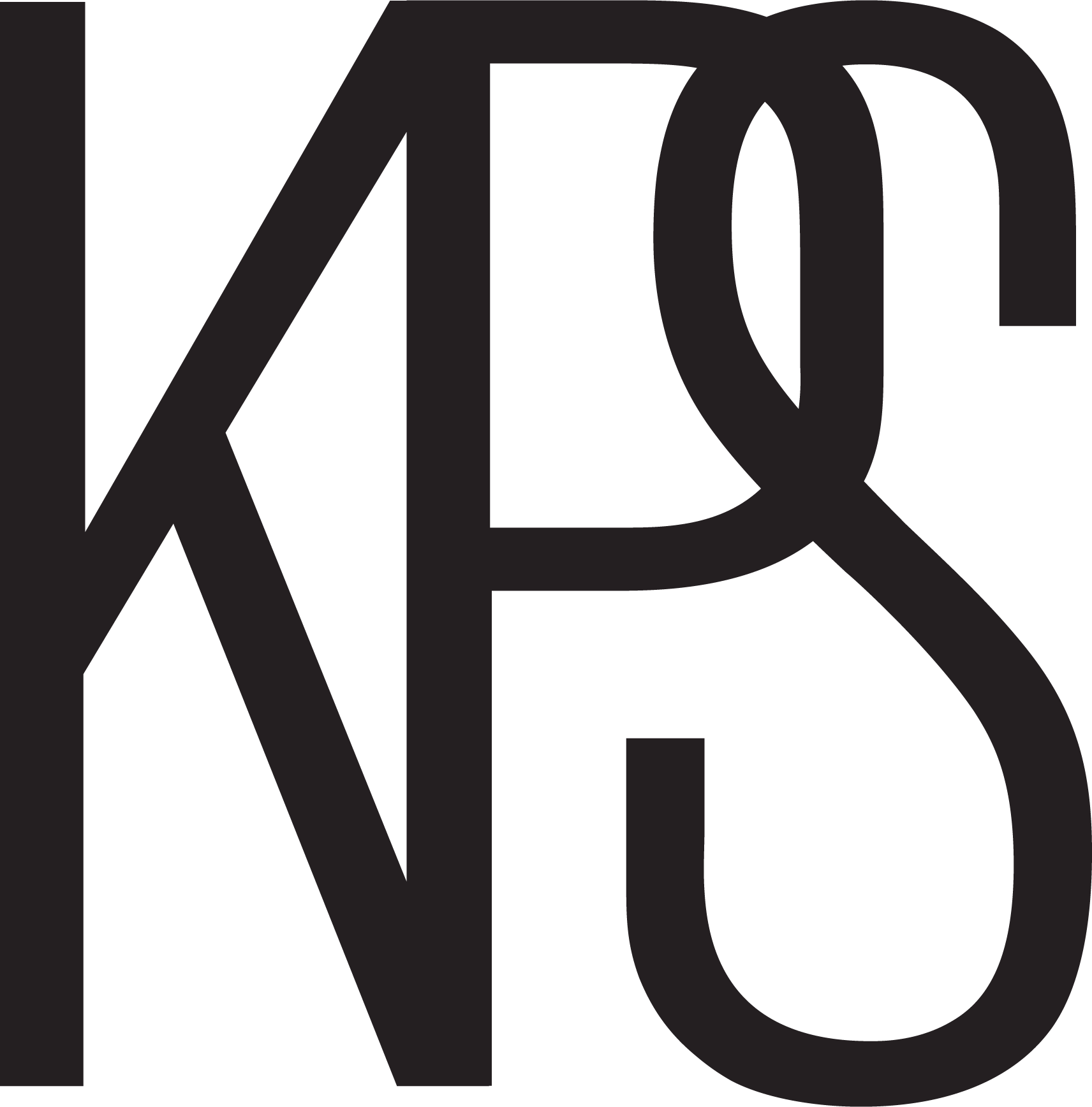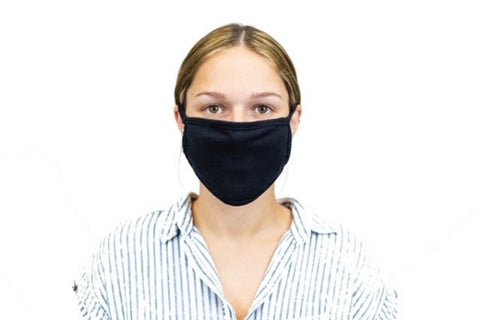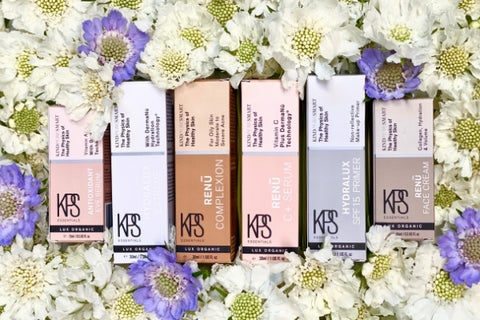Real Talk: who’s putting on a full face of makeup right now? With so many of us working from home, there’s much less need for getting dolled up on the daily BUT that doesn’t mean we are completely free from breakouts. With the rollercoaster that the novel coronavirus has been, it’s no wonder that our emotions have also been very up and down. And with those constantly changing emotions, stress breakouts are a real thing.
But it’s more than just stress that is causing breakouts right now - “maskne” is also becoming a real and pervasive problem. If you’re anything like me, you’re wearing your mask diligently every time you leave the house for the essentials. But with all that mask-wearing, it’s only a matter of time before your skin is going to suffer from irritation, inflammation, and breakouts...
So...what exactly is maskne and what causes it?
As the name implies, maskne is a form of acne that is caused by the regular use of protective facial masks. “Maskne is acne formed in areas due to friction, pressure, stretching, rubbing or occlusion,” said Nazanin Saedi, MD, a board-certified dermatologist at Thomas Jefferson University, “You can see it in the areas covered by the mask and also the areas where the mask and face shields touch the skin.”
Kathleen C. Suozzi, MD, director of Yale Medicine’s Aesthetic Dermatology Program and an assistant professor of dermatology, further explains that maskne, as a scientific phenomenon, is referred to as acne mechanica.
Before COVID, this sort of breakout was most commonly an issue for athletes, “due to the sweat, heat, and friction in their helmets and straps,” Dr. Saedi explains. “We are seeing it more now with people wearing masks for an extended period of time.”
In a general sense, maskne—and often, acne mechanica—is triggered when blockages caused by excessive sweat, oil, and makeup buildup blocks your pores. The humidity caused by our breathing is another consideration, as it creates an environment that is absolutely perfect for bacteria. Friction is another concern, as it can block and clog pores, leading to the formation of comedones or blackheads.
What’s the best way to prevent/treat maskne?
Prevention is always the best option. If you are wearing a reusable mask, wash it daily. If you are wearing a disposable mask, try to replace it as often as possible or allow it to air out in between uses. For the tighter N95 respirators, it may be best to place silicone gel strips at the pressure points of the mask to prevent excessive friction and irritation of the skin.
If prevention doesn’t work, and you do begin to develop maskne it’s important to be gentle. Using harsh acne routines can actually cause MORE maskne, rather than getting rid of the problem in the long term. Keeping your skin moisturized is essential in maintaining a healthy skin barrier, and that means you’re best off using products that nourish the skin, rather than strip it. Dare I say that our Triple Cleansing Method + Renū Face Cream is a good place to start?
The routine will help to strip away the oils and grime of everyday life, while the face cream will deliver a potent dose of skin-nourishing minerals to keep your barrier in tip-top shape. It’s a simple, yet effective, way to ensure that maskne is sent packing sooner rather than late.
Certainly wearing your mask out in public right now is essential–especially in social settings where physical distancing is difficult to maintain. But it’s important to remember that you should try to keep the mask off and give your face a necessary breather when you're in your car, at home, or generally away from people.
While there’s no way to magically stop all breakouts from happening, there are definitely ways in which you can reduce their occurrence and shorten their stay!
With love and gratitude,
Natalie





Comments (0)
There are no comments for this article. Be the first one to leave a message!